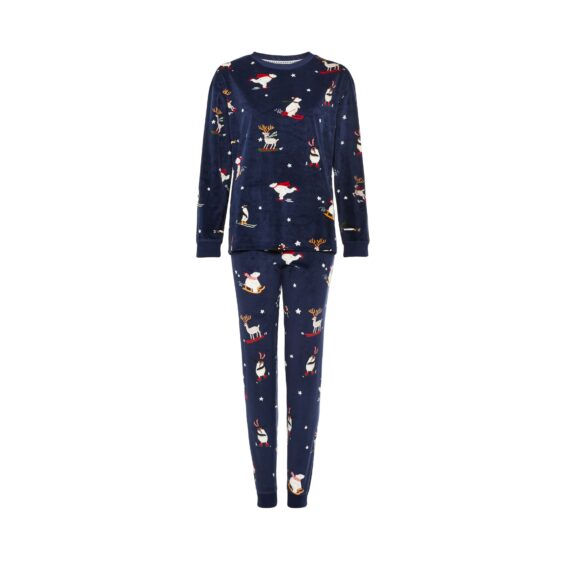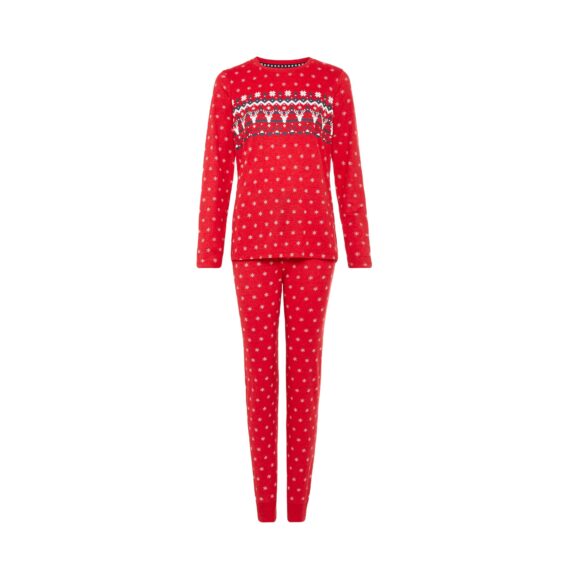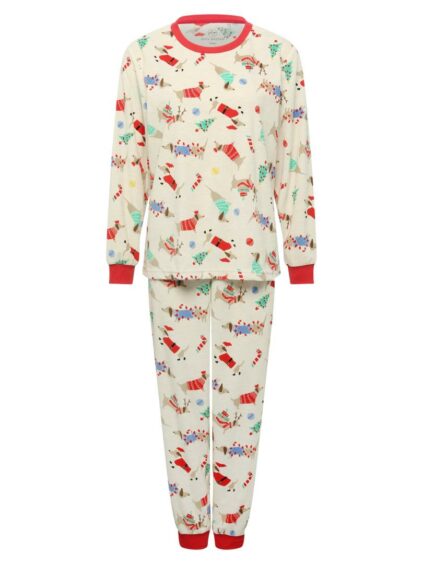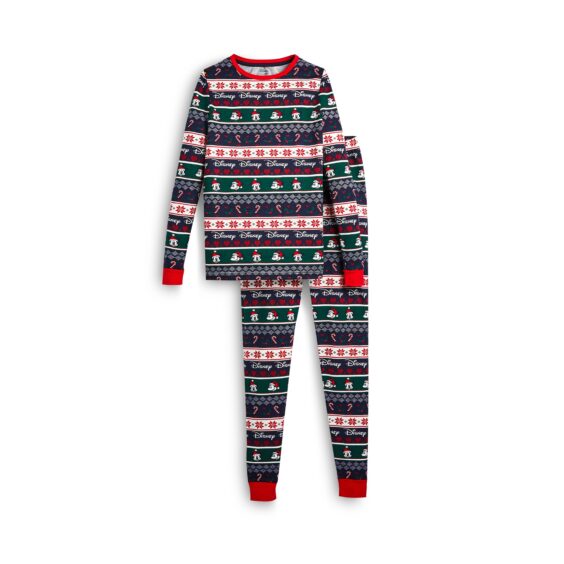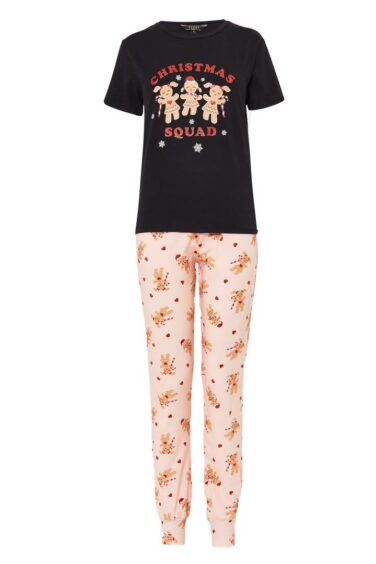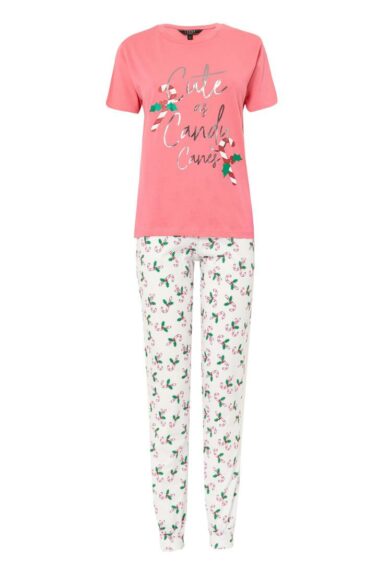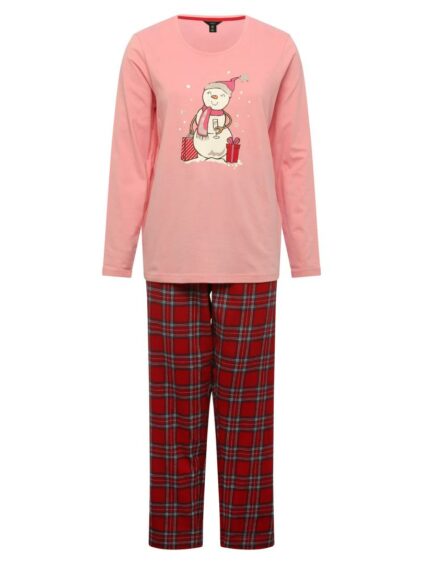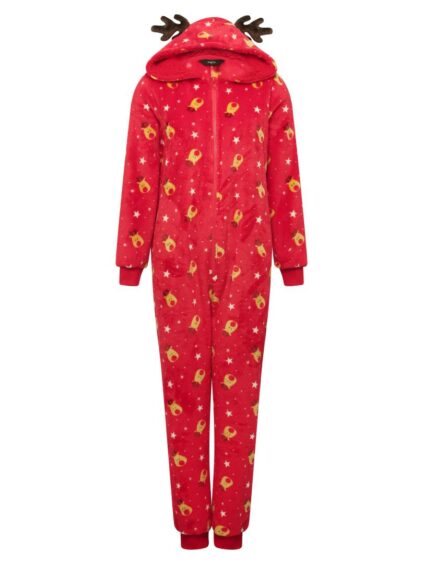Many a stooshie there has been over items of clothing – and pyjamas are no exception.
Throughout history, there have been rows started and regulations introduced to govern the wearing of certain attire.
In 14th Century England the law dictated that only royals were allowed to don purple and in 18th Century Scotland, the Dress Act of 1746 banned the wearing of the kilt.
In the US between the 1930s and 1950s, several districts made it an offence for women to wear shorts in public. As recently as 1959, any female over the age of 16 caught sporting shorts in Plattsburgh, New York, could be fined $25 or jailed for 25 days.
This century has seen its fair share of fashion legislation, with Lynwood, Chicago, banning “sagging” in 2008 – the trend among young men to wear trousers so low that their underwear is fully revealed.
Much clothing controversy has centred on politics or concerns over modesty and taste. With pyjamas, however, it’s been about attitude.
Pyjamas are for relaxing and problems have arisen when people have worn them in environments where such a level of insouciance is not appropriate.
In 2010, a Tesco in Cardiff refused entry to customers who turned up to shop in their pyjamas, and in 2012, similar rules were imposed on clients who wore jimjams to a welfare services office in Dublin.
In 2020 school authorities in Springfield, Illinois, extended their dress code from the classroom and banned students from wearing PJs while learning at home.
Thankfully, no such rules exist for families lounging around over the festive season, watching telly and snaffling mince pies, so feel free to get comfy in your jammies and relax.

